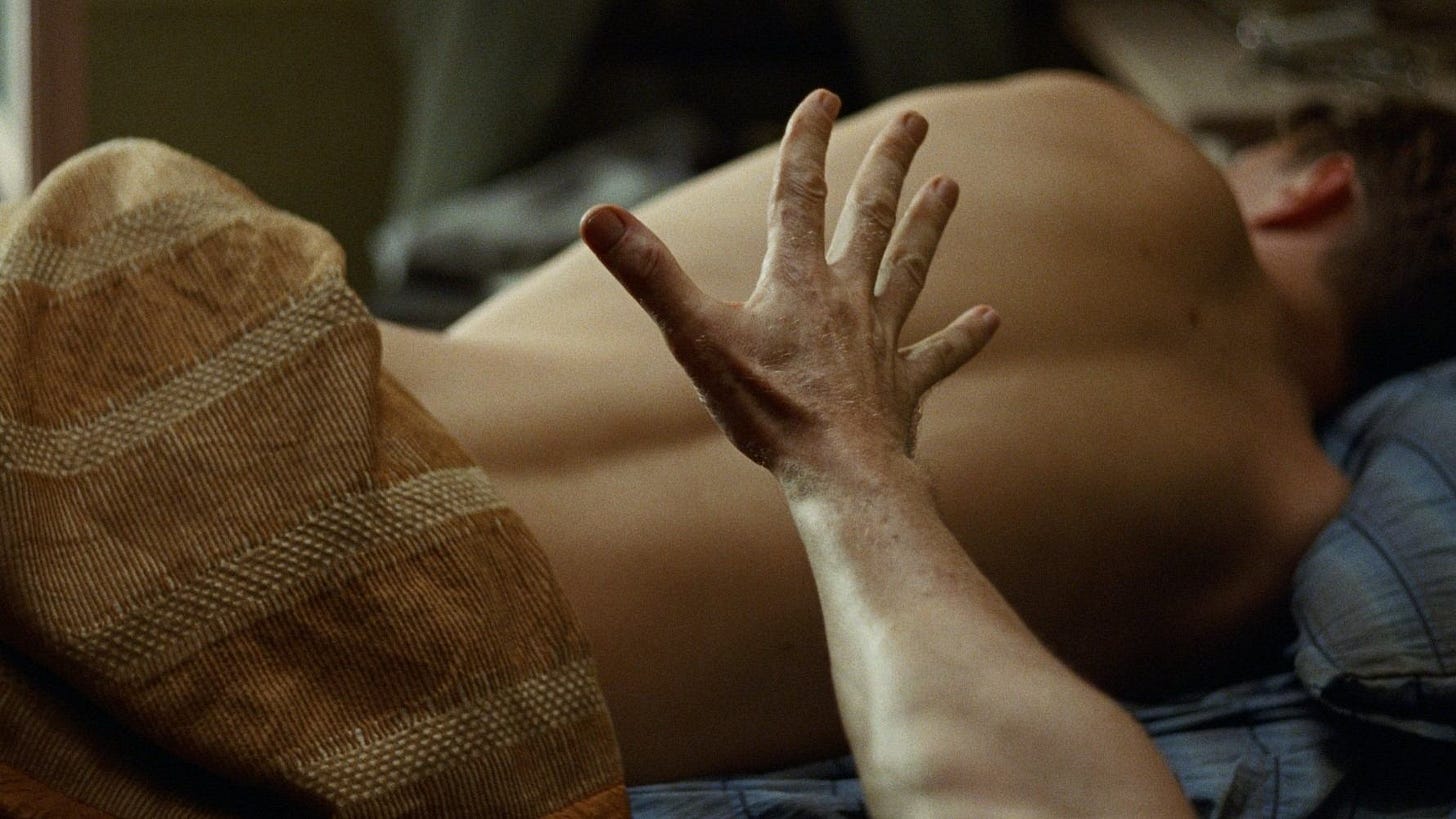“Queer” is a Picaresque Portrait of Longing
Luca Guadagnino’s second film of the year is tenderly attuned to movement and desire
Released just eight months after his widely-acclaimed hit Challengers, it is difficult not to think of Luca Guadagnino’s Queer as the B-side to the sun-soaked, psychosexual melodrama. The through-lines between the films are obvious — a sweaty, tactile pursuit of sexual conquest — but while Challengers wove youthful dynamics of desire and purpose into a tangible search for victory, Queer instead sees the relationship between the two as different sides of the same coin, fleeting and futile but so blinding that they reduce the real world into abstracted obstacles in the way of some hypothetical solace that is always just around the corner.
Queer, an adaptation of William S. Burroughs’ novella of the same name, is less concerned with the narrative of its source literature than with the trajectory of a body as it develops and deteriorates. Functioning almost as a series of loosely linked vignettes, the film follows William Lee (Daniel Craig), a drug-addled American expat who becomes slowly entranced by a mysterious younger man named Eugene Allerton (Drew Starkey) in 1950s Mexico City made of plasticine and chipped paint.
Relying more on feeling than form, Guadagnino’s textured sketch of the city is deliberately more cartoonish and contrived than his standard mise-en-scene, but never at the expense of its subjects. Instead, the city (constructed with a combination of stylized sets, painted backdrops, and animated miniatures) is a tacit indictment of Lee’s psyche — a world of souvenir postcards come to life, a Play-Doh playground that exists for the whims of his pleasures. The world contorts itself around Lee’s morphing weariness and desperation, keeping pace with his mutating, dreamlike headscape. He oscillates between propulsive and animated staccato prose and the unrequited yearning of man who’s consigned himself to loneliness — in turn, his world operates in a tactual register that allows for both an easy transition into surreal psychedelia while lending restrained, hollow compositions a gutting power by contrast.
At first glance, Lee seems intently in control of his conditions, the architect of his own environment, but as his infatuation with Allerton grows, his grasp on his own physical circumstance loosens. Allerton refuses to both tie himself down to Lee or to be delineated by a “queer” label, and Lee is increasingly willing to push himself to new levels of degradation (or inversely transcendence) in hopes that Allerton will see him as a genuine companion rather than a sexual experiment.
The result is a poetic whiplash between moments of hypnotizing, overwhelming lust and blindingly tragic loneliness, like stepping from darkness into nauseating sunlight. As Lee’s form is distorted by the intensity of his longing, it becomes increasingly unclear whether he is searching for overwhelming feeling or forever trying to flee from it. His body is deteriorating, and is Allerton the distraction from the inevitable abyss or is he the force that pushes Lee to look right into it?
The genius of Queer lies in its ability to read the physical form, to understand a language of longing from a time when that homoerotic desire could only be legible to a trained eye. Guadagnino is intently attuned to the phrasing of the human form, never trying to universalize Burroughs’ marginality but instead granting him unconditional empathy through attentiveness to sensation. We do not understand Lee through the public dimensions of his deviance, but through the physical dimensions of his desire, and the expression of such a desire that can not abide formal social contracts, but is so agonizing that it can reshape the body and erode the soul.
OVERALL SCORE: 9/10
Queer was released on December 13, 2024 and is currently showing in U.S. theaters.





Uh-huh. Uh-huh. Well. The North Dakota? Well.